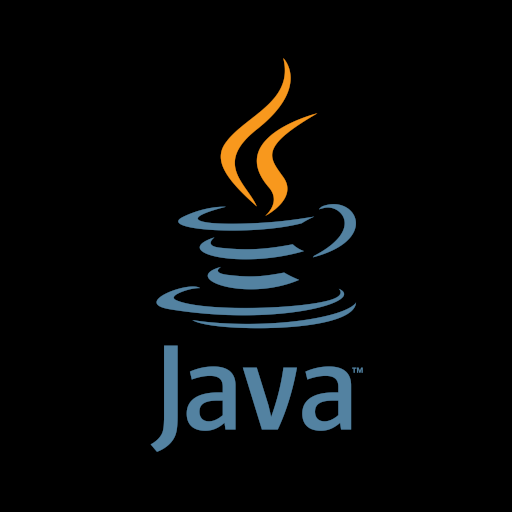True, and funnily enough french people don’t use yearly gross. Most of the time they use monthly net, and, in the context of salary negotiations, will specify over how many months. E.g. “2000 net sur 13 mois”
- 0 Posts
- 11 Comments
Imho, the java aspect of it matters much less than the backend concepts. Are you already familiar with those ?
There’s quite a lot of stuff to learn on the backend and it really depends on which layer you want to focus on. If you’re interested in developing business services then i would recommend writing a restful API (for example for a to-do app) with spring boot and your preferred flavor of SQL database. That covers a lot already. From there you can look at how to scale performance up (caching, queuing, asynchronous).

 3·1 year ago
3·1 year agoIs it really that surprising that planes are cheaper than trains ? Rails require massive investments and upkeep cost. It’s also much more difficult to run different operators on the infrastructure so there is very little competition. Not sure a tax is going to change any of that.
 1·1 year ago
1·1 year agoYou probably are already aware of this but just in case:
- once you’re 65 you can withdraw from the HSA as if it was an IRA with no penalty.
- you can reimburse yourself for past medical expenses, presumably even 30 years in the past if you kept your receipts

 3·1 year ago
3·1 year agoThe article makes a good job of explaining the requirement but it doesn’t actually explain why expanding OTEL to support a jdbc exporter is not the best solution. Other than “it’s not straightforward”.
Tracing is not as trivial as it seems and I would be warry of rolling out a bespoke solution.
A few questions that come to mind:
- what do you mean when you say the traces should be “stateless”?
- why a SQL database? Traces typically have evolving schemas
- why can’t this be done with a straightforward Filter implementation?
 2·1 year ago
2·1 year agoIf you’re worried about layoffs you should know that 401k loans put you in a precarious position if you do get laid off. Not only would you lose your income but you would also need to repay the loan or else it becomes a taxable distribution with penalty.
 1·1 year ago
1·1 year agoIf you’re worried about layoffs you should know that 401k loans put you in a precarious position if you do get laid off. Not only would you lose your income but you would also need to repay the loan or else it becomes a taxable distribution with penalty.
 1·1 year ago
1·1 year agoIf you’re worried about layoffs you should know that 401k loans put you in a precarious position if you do get laid off. Not only would you lose your income but you would also need to repay the loan or else it becomes a taxable distribution with penalty.
 1·1 year ago
1·1 year agoIf you’re worried about layoffs you should know that 401k loans put you in a precarious position if you do get laid off. Not only would you lose your income but you would also need to repay the loan or else it becomes a taxable distribution with penalty.
 2·1 year ago
2·1 year agoGood discussion topic! I recently went through a similar exercise and my conclusion is that the HSA scenario financially wins in all cases as long as my OOP cost remain below 90% of the max on average. In my case both plans had low/no premiums.
There is one major caveat though: The advantage the HSA plan has comes from tax savings on the pre-tax contributions and from the tax free growth of the HSA. This only works if you do not spend any of your HSA funds and instead invest them, paying for healthcare with post tax money. Meaning you need to have 1-2x your max OOP set aside at all time to be safe.
The HSA is a very advantageous account for tax saving but I think it’s fundamentally flawed for actual healthcare costs because no one can predict what their costs will be next year.
I think a better approach is to assume your costs can be anywhere from 0 to the max OOP and see how the numbers work out for different scenarios. Then you can make a decision based on financial (not health) risk tolerance.

The study specifically selected people with no substance abuse problem… if anything the author of the study were wary of what you say is a reactionary perspective.